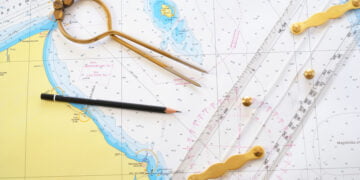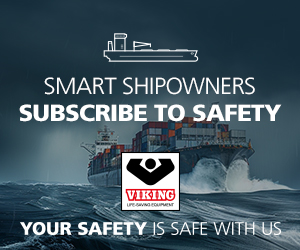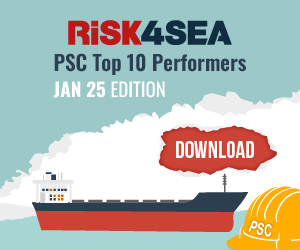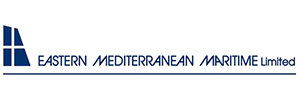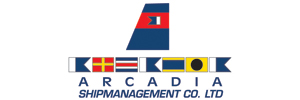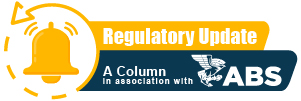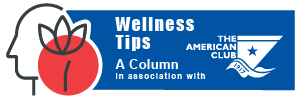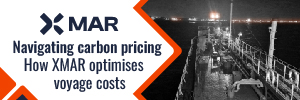In its latest Safety Digest, UK MAIB references a case in which a routine night time departure turned disastrous when a cargo ship collided with a pilot vessel after a miscommunication between the pilot and master.
It was another routine late-night departure from port for the master of a cargo ship as they embarked the pilot, let go the last of the lines and manoeuvred off the berth. It was a tight turn around into the main channel, which took the cargo ship towards the narrow exit point between two breakwaters.
The pilot was engaged in a radio conversation with the port controller and was focused on transport arrangements to their next act of pilotage. The master could hear all the radio chatter but, as it was all in the local language, they had no idea what was being discussed.
Once the cargo ship was on a steady heading out towards the breakwaters, the pilot advised the master to increase speed to 12 knots (kts). Only the pilot vessel was ahead of them, making slow progress out of harbour ready to take the pilot to their next act once this one had finished. The radio conversation turned to gossip and chit-chat.
Twenty minutes into the departure, and just as they were approaching the narrowest point of the channel, the master realised that the pilot vessel was now very close on the port bow.
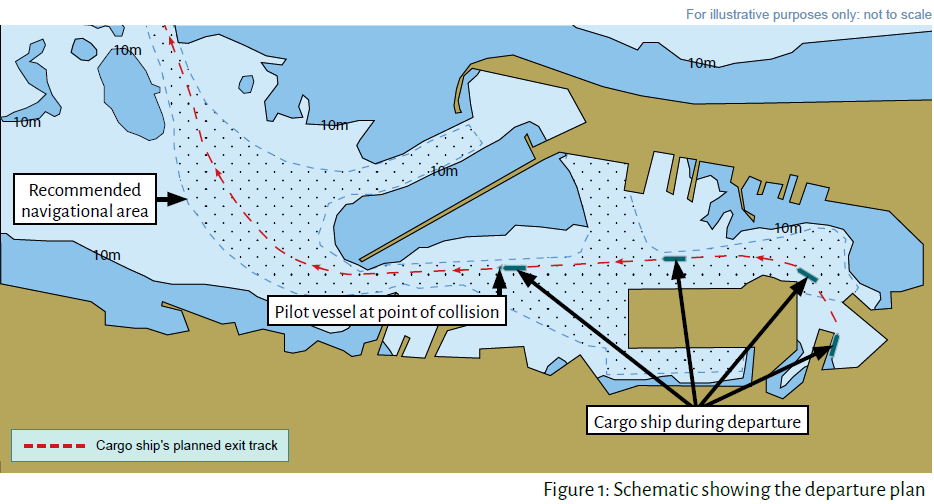
The pilot was checking the intentions of the pilot vessel at the master’s request when it made a sudden turn to starboard across the bows of the cargo ship. The pilot shot into action, shouting into their radio and ordering the master to slow in speed. Nothing could stop the inevitable collision, and the bows of the cargo ship crunched into the starboard quarter of the pilot vessel. The pilot vessel quickly succumbed to flooding and sank to the bottom of the channel. Fortunately, all four crew were uninjured and managed to swim clear to be rescued by two local tugs.
Lessons learned
Teamwork → Effective coordination between the master, other members of the bridge team and the pilot is a prerequisite for safe pilotage. The pilot’s focus did not appear to be on the task in hand and the master and bridge team made little evident effort to draw them in. It is possible that the bridge team believed the routine nature of this regular port visit to be well within their capacity. However, the lack of individual or team action taken from the first sighting of the pilot vessel to the eventual collision meant there were several missed opportunities to prevent the outcome.
Action → In the final few minutes before the collision there was no attempt to alert the pilot vessel by radio or whistle signal. The crew of the pilot vessel were distracted by gossip and chit-chat and had lost focus on the proximity of the cargo vessel. Five or more short blasts on the cargo ship’s whistle could have been used to direct the pilot vessel coxswain’s attention back to the risk of collision and might have averted the final, calamitous turn to starboard.
Risk → The pilot vessel began sinking fast after the collision. The deck crew deployed lifebuoys and indicated the position of the pilot vessel to the crew of two tugs that were making their way to the scene. Despite calls to the contrary from the pilot, the master made a sound decision to continue with their exit due to the navigational constraints of the narrow waters. In doing so, the master maintained the safety of their vessel and its crew and was able to return to harbour as soon as it was all clear.
Observe → The crew of the pilot vessel were not alert to the outbound vessel they were planning to service, nor did they check the safety of their final manoeuvre. Rule 5 of the COLREGs requires that a proper lookout is maintained at all times by sight and hearing as well as by all available means appropriate…so as to make a full appraisal of the situation and of the risk of collision.
































